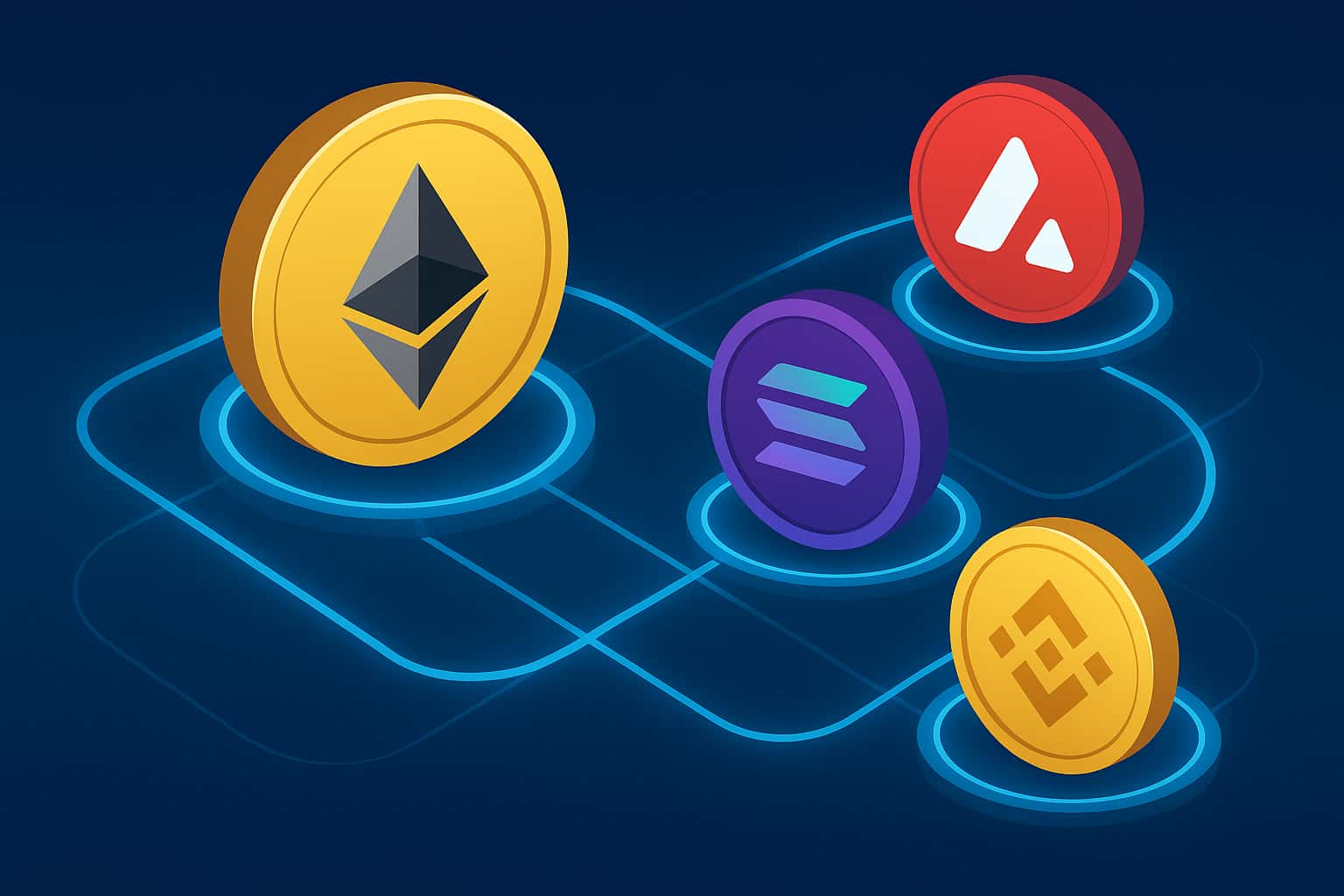DEX Token Snipers
These bots monitor automated market makers such as Uniswap or PancakeSwap. They track pair-creation events and liquidity additions, then buy the new token within the first block after launch.
A Definitive Guide

A sniper bot is a trading automation system designed to detect specific blockchain events and execute transactions almost instantly. Instead of waiting for manual confirmation, the bot listens for triggers such as liquidity additions, new token pairs, or auction deadlines and reacts immediately by sending a pre-signed transaction to the network.
Traders, market makers, and even project teams use sniper bots for many reasons: to gain early access to promising tokens, to balance portfolios automatically, or to validate latency performance in live markets.
But these same tools, if misused or left unchecked, can manipulate liquidity, exploit price discovery, and undermine trust in decentralized ecosystems.
DeFi moves fast, often faster than human perception. When new tokens launch or fresh liquidity hits a DEX, prices can change dramatically within a single block
Automated actors gain a measurable edge in those moments. They can enter before price discovery completes, secure allocations at minimal cost, and sometimes exit before others even confirm the trade.
For legitimate operators, sniper bots serve as tools for efficiency and precision. For malicious users, they can become instruments of front-running or manipulation.
This dual nature means every team working in Web3, whether running a protocol, building analytics infrastructure, or executing trades, must understand how these systems behave, how to mitigate their risks, and how to maintain transparency and fairness for users.
While “sniping” sounds aggressive, many use cases are legitimate. Common examples include:
Each of these cases requires clear governance rules, risk thresholds, and compliance boundaries. What distinguishes responsible use from abuse is intent, transparency, and oversight.
Sniper bots come in many forms, each adapted to its environment and objective.
These bots monitor automated market makers such as Uniswap or PancakeSwap. They track pair-creation events and liquidity additions, then buy the new token within the first block after launch.
Different blockchains require different optimizations. Solana bots focus on ultra-low latency execution within millisecond windows, while Ethereum or BNB Chain bots concentrate on gas-price strategy and transaction replacement.
In marketplaces where auctions close at a precise time, these bots submit bids or purchases at the last possible moment. Success depends on precise clock synchronization and network reliability.
Rather than one-time trades, these systems run continuously, scanning order books and liquidity pools for price imbalances and rebalancing portfolios accordingly.
Some bots focus on reading pending transactions in the mempool, while others analyze centralized exchange order books. Both types seek early insight into market movement before it’s reflected on-chain.
Although implementations differ, the underlying process is remarkably consistent. Every sniper bot follows the same logical pipeline: detect → decide → construct → prioritize → execute.
The bot connects to blockchain nodes or indexers that stream pending transactions. It listens for specific signals such as liquidity additions, pair creations, or large swaps.
Tools like Bitquery or QuickNode offer real-time event APIs that reduce the need to maintain a full in-house indexer.
Not every transaction is worth reacting to. The bot filters events based on token contracts, whitelists, renounced ownership flags, or even social triggers such as project announcements.
Here, logic takes over. Rules or machine-learning models assess whether the opportunity meets defined risk and profit thresholds.
Well-designed systems also account for gas prices, network congestion, and capital allocation before sending a trade.
The engine builds a raw transaction, sets the nonce and gas limit, and signs it securely, often using hardware wallets or managed key services. Strong key management ensures the system can react instantly without exposing private keys.
Finally, the bot submits its transaction through public or private RPCs. Advanced operators use private relays like Flashbots on Ethereum or direct validator endpoints on Solana to keep their orders out of the public mempool and reduce front-running risk.
To improve priority, bots employ gas bumping, transaction replacement, and bundle submission strategies.
Latency defines success. On Solana, a few milliseconds can separate the first buyer from the fifth. On Ethereum, being a single block early can yield a tenfold advantage.
Every design decision, from server placement to node provider, directly affects performance.
The bot purchases tokens in the first block after liquidity appears. It’s the purest form of speed trading, profitable when timing is perfect, catastrophic when contracts are malicious.
The bot detects large liquidity additions and enters immediately, aiming to catch appreciation before the broader market notices.
These bots insert their transactions before and after a large pending swap to profit from predictable slippage.
Though technically sophisticated, such actions border on exploitative and are often criticized within the community.
Rather than one aggressive trade, the bot executes a sequence of smaller buys to reduce slippage and market impact. It requires advanced queue management and precise timing.
Common in NFT markets, this involves placing a winning bid seconds before an auction closes.
The risk: network delay or congestion could make the bid arrive too late.
Behind every sniper bot lies a modular architecture built for speed, reliability, and observability.
Websocket feeds and indexer subscriptions capture events in real time. Providers like Bitquery stream transaction data at high frequency, eliminating the need for custom scrapers.
A rule engine evaluates incoming data, applies filters, and calculates risk scores. Machine learning may assist here, but deterministic logic remains vital for auditability.
This layer constructs and signs transactions, manages nonces and gas parameters, and routes them through chosen relayers or bundles.
Multi-region nodes, private RPC endpoints, and auto-scaling systems ensure consistency under load.
Latency peers and failover mechanisms protect against network interruptions.
Every action generates logs. Teams replay mempool data in staging to test performance and identify weak points before production.
Typical technology stacks include Node.js or TypeScript for orchestration, Rust for low-latency components, Redis for queuing, and PostgreSQL or Timescale for analytics.
Containerized deployments using Kubernetes or Docker allow scaling and controlled rollouts across environments.
Access to data determines how effective a sniper bot can be. Public RPCs are easy to use but inconsistent during peak traffic.
Dedicated nodes offer predictable latency and better reliability. Indexers and stream APIs from vendors like Bitquery and QuickNode provide structured, high-frequency event data without the operational cost of maintaining full nodes.
Analytical dashboards tracking OHLCV data, pool depth, slippage, and failed transaction ratios help refine strategy.
Backtesting frameworks and sandbox networks simulate real conditions safely before deploying new logic live.
Running a sniper bot safely requires the same discipline as operating a financial system.
Private keys must be stored in secure hardware or key-management systems, and treasury funds should always use multi-signature controls.
Every trade opportunity should pass contract-level sanity checks, verifying mint authority, ownership status, and embedded tax logic.
Separate wallets for different strategies limit the potential blast radius if a single wallet is compromised.
Rate-limiting, retry logic, and exponential backoff prevent accidental loops during network instability.
Comprehensive logging and immutable telemetry support both operational monitoring and post-incident investigation.
Well-written playbooks prepare teams for failed transactions, wallet compromise, or unexpected market behavior.
Speed doesn’t eliminate accountability. Some front-running and MEV extraction strategies occupy a gray area or violate financial regulations depending on jurisdiction.
Teams should consult legal counsel before deploying large-scale automation and should maintain clear internal trading policies. If a company interfaces with fiat systems or custodial wallets, compliance with KYC and AML regulations becomes essential.
Beyond law, ethics matter: acting transparently and avoiding predatory extraction builds long-term credibility with users and partners.
The decision depends on capability and context. Building in-house offers full control, proprietary IP, and tailored latency optimization but demands continuous maintenance and security expertise.
Buying or licensing existing solutions shortens development time but limits customization and may introduce dependencies.
Integration strikes a middle ground: combining third-party data sources, relayers, or private RPCs with your own decision logic to balance control and efficiency.
Open-source sniper frameworks and vendor demos provide excellent starting points for research but must never be used blindly in production. Every codebase should undergo security review and simulation testing before managing real funds.
Projects launching new tokens can reduce exploitability by staging liquidity, enforcing whitelists, or implementing commit-reveal mechanisms. Learning from past events shows one universal truth: in decentralized markets, transparency and preparation matter as much as speed.
Common questions and answers about Sniper Bot, their implementation, and practical considerations for businesses and developers.

By using this site, you allow our use of cookies. For more information on the cookies we use and how to delete or block them, please read our cookie notice.
We would love to
hear from you!


Innovate with confidence!


